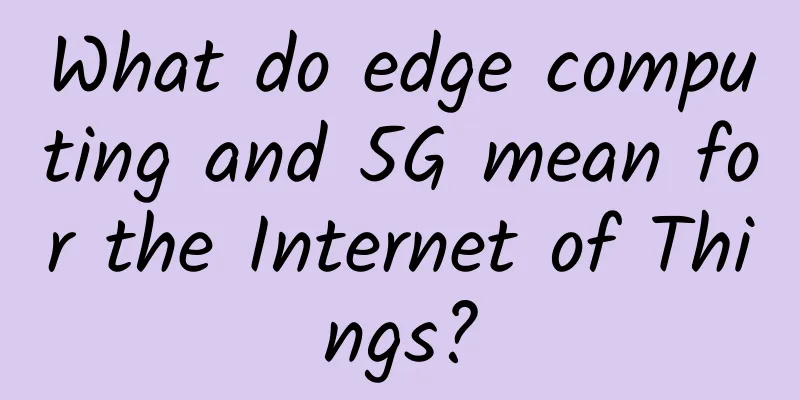ITU releases draft specification, a big step forward in 5G standardization

|
According to foreign media reports, despite the overwhelming reports about the fifth generation of wireless technology (5G), there is still no agreed standard. But with the International Telecommunication Union (ITU) this week publishing a draft of what is expected to become the final 5G specification, 5G has taken a big step forward in the standardization process. The ITU draft document (text document) contains thirteen different indicators - if telecommunications companies want to call their next-generation services "5G", they will need to comply with these indicators. Among them, the requirement for connection is that each base station provides 20Gbps downstream and 10Gbps upstream peak data rates. Those requirements are relatively low per user, with the standard calling for 100Mbps download and 50Mbps upload speeds per user. While that's not too far off the speeds seen on some carriers' LTE-Advanced networks, 5G connections are expected to be more consistent with less latency. The ITU also noted in the document that under "IMT-2020" (5G's official name), 5G hardware must support at least 1 million connected devices per square kilometer (or about 0.38 square miles). 5G networks should also provide users with latency of as little as 4 milliseconds, significantly lower than the 20 milliseconds of LTE cellular. Other requirements include specifications for peak spectral efficiency, or how many bits are transmitted per hertz of spectrum -- the standard calls for 30 bits/Hz downlink and 15 bits/Hz uplink. The standard also specifies outage time -- which should be 0 milliseconds when moving between 5G cells, the document states. While this is a big step forward in the 5G standardization process, full standardization is still a long way off (as the roadmap above makes clear). The document is expected to be signed at the ITU-R Study Group 5 meeting in November of this year. But reaching a fully agreed-upon definition of 5G and the start of true commercial deployments are still not expected until 2020. By then, we’ll finally be able to answer that hard question: how much will it cost you for the privilege of connecting to these newer, faster networks? |
<<: Operations and Continuous Delivery
>>: 16 WiFi withdrawal triggers myths: Is public WiFi coming to an end?
Recommend
DesiVPS: Los Angeles 1Gbps unlimited traffic VPS from $18.99 per year, India/Netherlands VPS from $20 per year
DesiVPS has released the latest promotional packa...
6 IT roles that need retraining
Given the rapid pace of change in the technology ...
Remote holographic presentation is the development direction in the 5G era, and AR/VR hardware has entered a period of quantitative change
"Holographic telepresence is expected to bec...
ROOBO CTO Lei Yu: Artificial intelligence will not take the big and comprehensive route, vertical fields will blossom first
[Original article from 51CTO.com] Not long ago, a...
80VPS: Hong Kong dedicated server starting from 350 yuan/month, optional IID/Cloudie/Kowloon/Shatin/CTG/CN2/large bandwidth/high defense, etc.
Last month we shared information about VPS hosts ...
PacificRack July Promotion: Los Angeles KVM monthly payment starts at $1.5, 1G memory package annual payment starts at $12
PacificRack released several special products thi...
How will the three major operators fight in 2022?
2022 is here. In this new year, how will the thre...
The Ministry of Industry and Information Technology responded to the withdrawal of 2G/3G networks: an inevitable choice for upgrading
Recently, the Ministry of Industry and Informatio...
UAE operator e partners with Nokia Bell Labs to explore industrial AI applications
UAE-based telecom service provider e&T and No...
Operators won’t tell you that you can use the 5G network without a 5G package
According to data disclosed by the Ministry of In...
Enterprise cloud transformation is imminent, network architecture needs to be prepared
[51CTO.com original article] The rapid developmen...
Huawei Cloud Private Cloud Solution Reaches New Success at the End of the Year Sixteen Words Connect Enterprises Now and in the Future
[51CTO.com original article] Huawei is a company ...
[Christmas] DMIT: $100/year-2GB/40G SSD/2TB@2Gbps/Los Angeles CN2 GIA
DMIT has released two special Christmas packages,...
22 pictures to explain OSPF: the most commonly used dynamic routing protocol
Hello everyone, I am Xiao Fu. RIP Defects When ta...
The Implications of the ZTE Incident for Operators
Although the ZTE incident has not yet reached a f...









